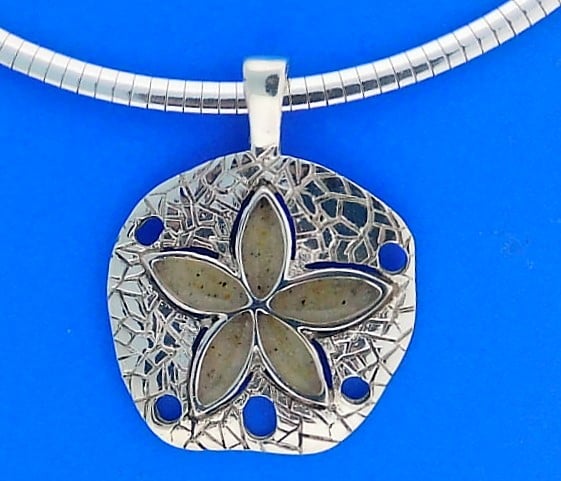


In addition to helping the sand dollar move, these tubular feet also help direct food found on the ocean floor to the sand dollar's mouth.Īre you ready to learn more about sand dollars? Be sure to check out the following activities with a friend or family member: This pattern is where the live sand dollar's tubular feet are located. You may have noticed that sand dollar skeletons feature a pattern that looks like a flower. The age of any particular sand dollar can be determined by counting the growth rings on the plates of its hard skeleton. Sand dollars crawl along the ocean floor with their mouths toward the ground, eating microscopic particles of food. They use these spines and tubular feet to burrow into the sand and move around. Live sand dollars are covered with a dense, velvety layer of short spines and tubular feet. Some people think live sand dollars look like fuzzy cookies! Unlike the white color of dead sand dollars, live sand dollars are usually green, purple, or blue. When sand dollars are alive, they live in shallow coastal waters along the sandy ocean floor. Long ago, people who found these dead sand dollars thought they looked like old Spanish or American dollar coins, so they called them sand dollars. When the skeletons (called tests) of dead sand dollars wash ashore, they are usually bright white from being bleached by the Sun. Sand dollars get their name, not from their value, but from their appearance. Sand dollars are animals related to sea urchins, sea cucumbers, and starfish. Sand dollars - sometimes called sea cookies, snapper biscuits, sand cakes, cake urchins, or pansy shells - are species of flat, burrowing echinoids that belong to the order Clypeasteroida. You may have even seen live sand dollars moving around on the sandy ocean floor. If you've ever been to an ocean, you've probably seen sand dollars on the beach or in souvenir shops.


 0 kommentar(er)
0 kommentar(er)
